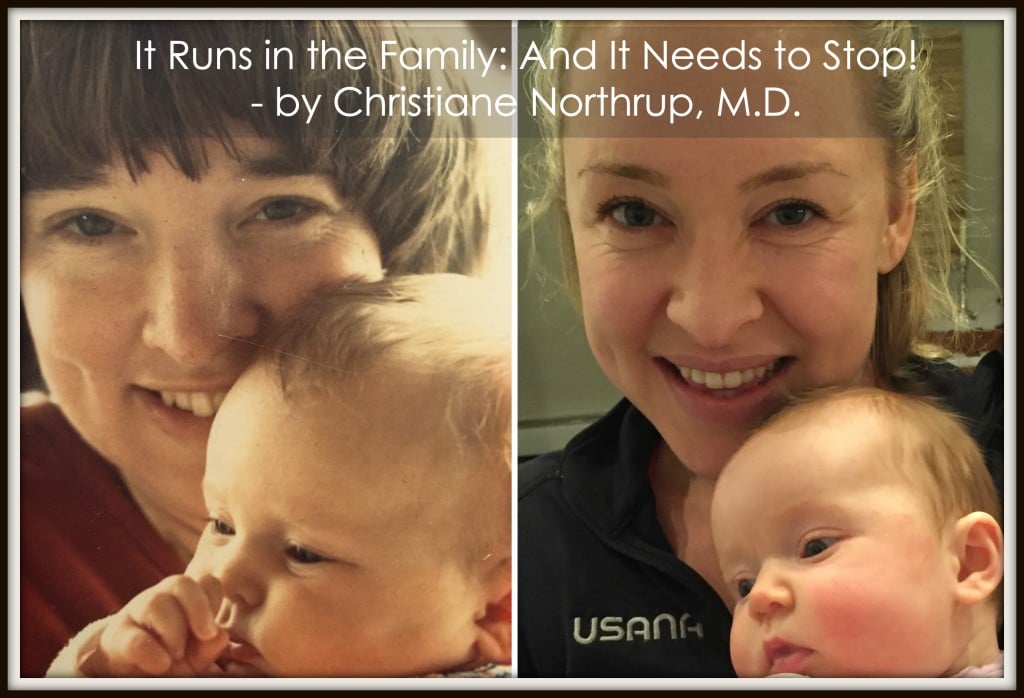
That’s my mom with me on the left and that’s me and P on the right!
It is with such a full heart that I introduce my final Blog Babysitter to you. (I’m back from maternity leave next week, 12/16, with a new post!) It felt apropos to have my mom, Christiane Northrup, M.D., bring home the series of amazing women taking care of my online space while I’ve been taking care of my little baby peanut at home.
My mom is my original role model, not only for what it looks like to be a powerful woman in the world, but also for what it looks like to be a mother. I moved back to Maine three years ago intuitively knowing that when I became a mother I would want my own mother nearby. I couldn’t have been more spot on with that feeling.
As a new mother, having my mother 10 minutes down the road or a phone call away has been the biggest gift. I’ve sobbed in her arms just as Penelope sobs in my arms. We’ve giggled and cooed as we’ve changed Little P’s diaper together. I’ve texted her all kinds of questions and musings. And we’ve worked on updating our maternal legacy together.
Today my mom is sharing something that has run in our family for a good long time. As she tells the story of supporting me through one of the bumpier times I’ve had as a new mother, she reveals why it’s time for this particular part of our legacy to come to a close.
Since we all have parts of our lineage that we’d prefer not to pass along to the next generation, I know you’ll find her wisdom helpful to ease your own path.
And now, introducing my amazing mama!
A new baby illuminates legacies, beliefs, and behaviors that often need updating. As the proud grandmother of little Penelope, my first grandbaby, I’m thrilled to provide the final entry in Kate’s Baby Sitter’s Blog series. Here’s what I want all of you to know: Beliefs and behaviors run in families. And they are more powerful than genes. {TWEET IT}
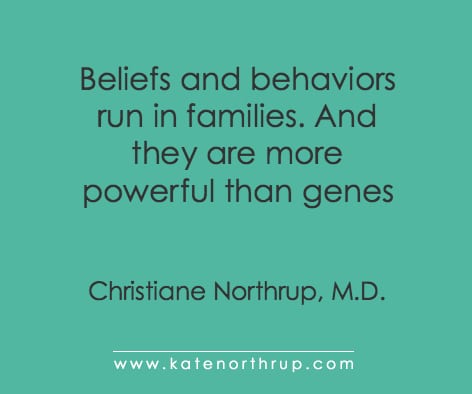
In fact, it is your beliefs and behaviors that actually program how your genes get expressed.
When Kate came down with a fever, chills and slight tenderness in her right breast a couple weeks ago, I knew exactly what the problem was: mastitis, an infection in the breast. I also knew exactly what to do. Something that I hadn’t done myself years earlier when I was a new mother with mastitis. Rest and receive.
To heal her breast infection, Kate needed to get into bed, nurse the baby as much as possible, drink lots of liquids, and take Echinacea. Kate was better within a couple days, but not before she realized — in a session with Tami Lynn Kent —that baby Penelope also wanted her to slow down. Kate was feeling the itch to start working again—albeit from home.
Breast feeding is the perfect metaphor for breast health—it works well only when you are balancing giving and receiving in your life. Kate had been doing too much too soon, and her body, through her right side—the masculine, action-oriented side–was letting her know that she needed more down time. But, Kate was repeating a legacy she had learned, quite literally, at my breast.
When Kate was a newborn—in fact, on the very first day of her life—I had to give her a bottle of formula! I didn’t have enough milk. With grief and shock, I realized that the entire duct structure of my breast had been destroyed by my own bout with mastitis and development of a large breast abscess 3 years earlier that required surgery. (I was nursing my first baby at the time, and went on to nurse her on one side only for 18 months.) I figured that everything would heal for the next baby. Boy, was I wrong!
When I developed mastitis, I had no support for working fewer hours, and even less support for breast feeding. As a newly-minted doctor whose training involved being up all night every 3rd night and 3rd weekend for 4 years, I was trained in the art of “toughing it out.” This was great for emergency surgery, but lousy for mothering. I felt guilty leaving my babies and going back to work. Kate used to miss me so much when I was away that it was best if I didn’t talk to her on the phone or she would dissolve in a puddle of tears.
So it’s no surprise that right in the midst of her mastitis, feverish and sore, Kate connected with the grief and panic she had felt so often when I had left her to go back to work. She wept. I wept. Our family legacy of “toughing it out” at the expense of our health and happiness shifted for the better.
It’s little wonder that Kate’s goal in life since she was a teenager has been to become financially free so that she could stay home with her children and husband, and not pass onto her children the separation and grief she had felt when I left her so much.
Thank you little Penelope for helping your Mom and me heal our legacies with joy and celebration!
Over to You:
Now it’s your turn. What family legacies have you uncovered and changed for the better? We’d love to hear from you in the comments section below.
Christiane Northrup, M.D., is a visionary pioneer and a leading authority in the field of women’s health and wellness, which includes the unity of mind, body, emotions, and spirit. Internationally known for her empowering approach to women’s health and wellness, Dr. Northrup teaches women how to thrive at every stage of life. Visit her website here.


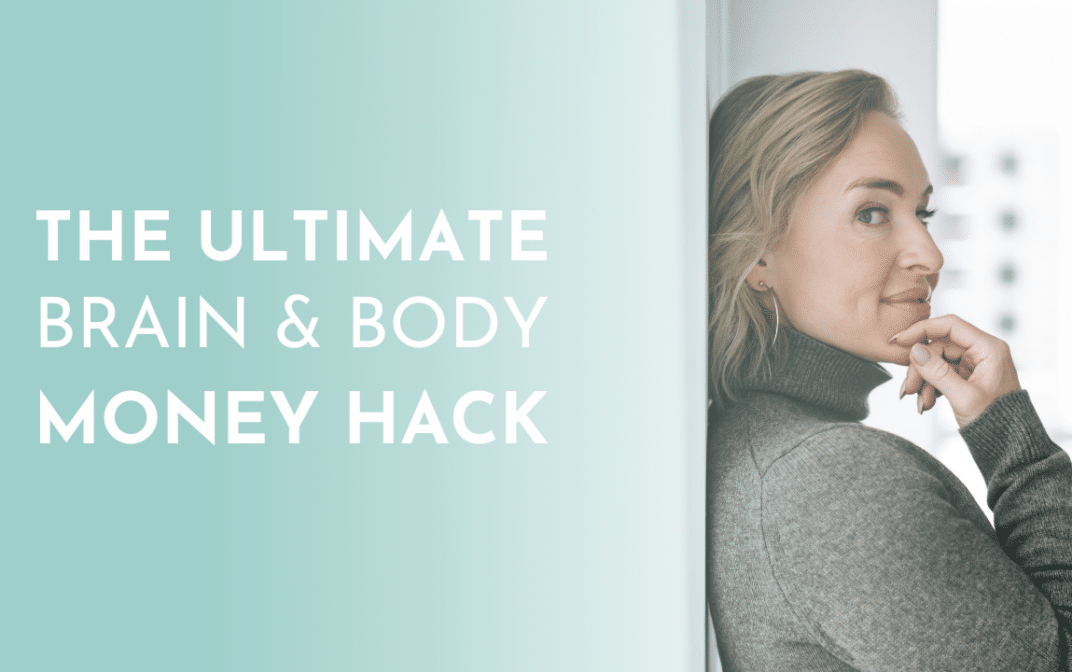
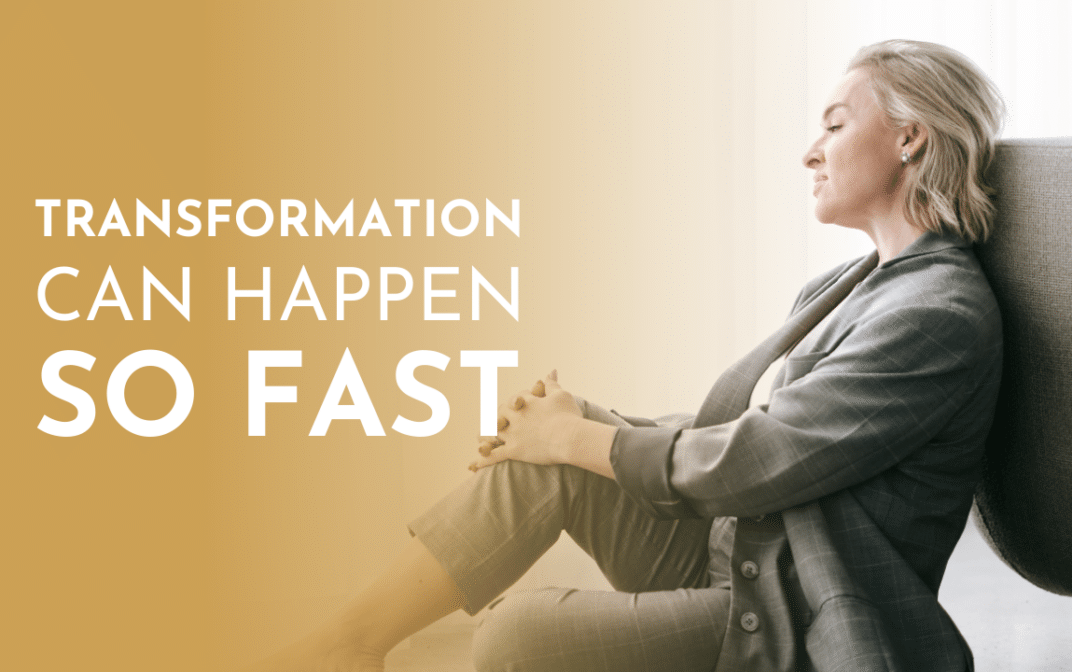
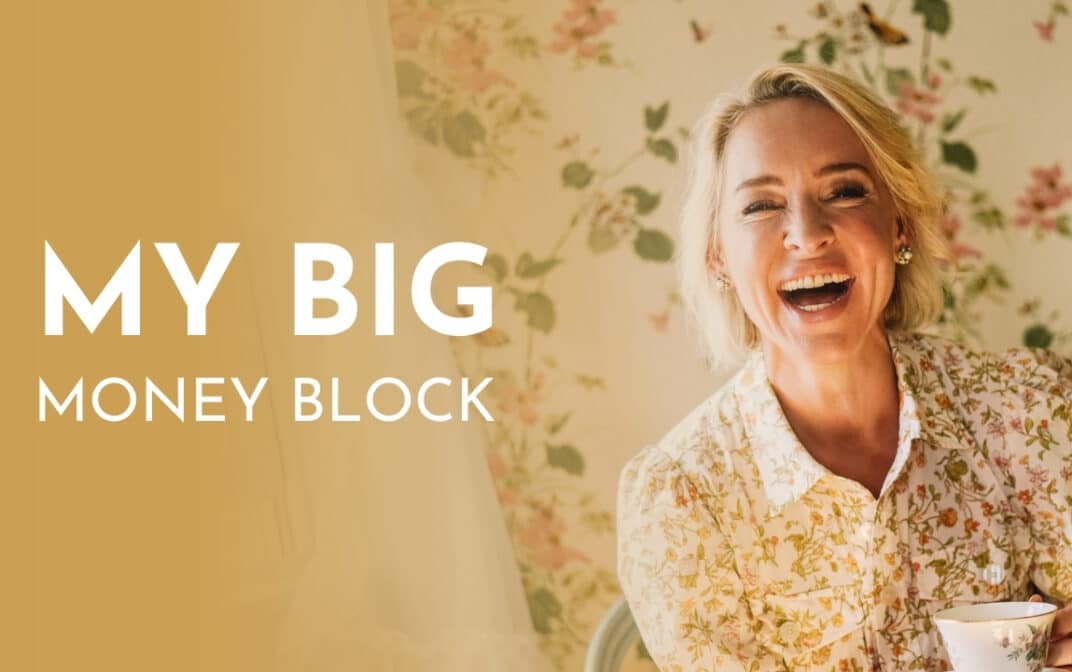


69 comments